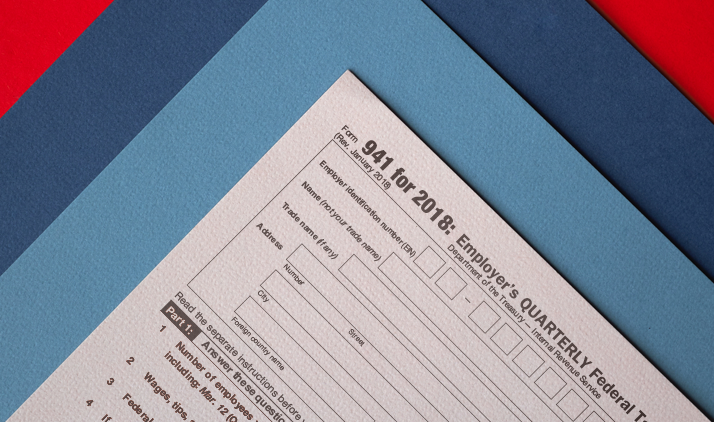
New 2019 Form W-4 Released, But Concerns Persist

The more things change, the more they stay the same. After months of speculation, the 2019 Form W-4 has arrived—and it isn’t nearly as worrisome as payroll professionals thought it would be.
On December 11, the IRS quietly added the 2019 Form W-4 to its website, unaccompanied by the usual press release. With the exception of a few minor wording changes, the form is virtually identical to the 2018 edition.
For Emmett Swan, an industry veteran and chair at the New York City chapter of the American Payroll Association, the lack of major updates marked a lucky break in an otherwise turbulent year for HR and payroll professionals.
“The fact that the form retains the use of allowances is a tremendous relief from the standpoint that employees are not mandated to complete a new Form W-4 for 2019,” he said. Swan noted that even the aesthetics of the form remain virtually the same, with boxes and labeling carrying over from last year’s form.
Overhaul or not, HR and payroll professionals will need to adjust their onboarding processes to include the 2019 version of the form no later than January 1.
Crisis Averted?
A near carbon-copy of the 2018 form wasn’t always in the cards. In June, the agency caused a furor when it published a draft that did away with tax allowances, or claims individuals can make to reduce their taxable income. Employees can claim a child, dependent, spouse, or even themselves as an allowance. You can learn more about how allowances work here.
Instead of the decades-old allowance system, the draft asked individuals to indicate the specific dollar amounts they wanted withheld for the year. That would have required employees to crunch the numbers themselves—something many in the payroll community saw as a risky proposition. While the IRS maintains a withholding calculator on its website to make the process simpler for employees, even that tool requires some degree of financial literacy.
On the part of employers and their payroll providers, the changes would have also created a logistical quandary. Because the draft proposal didn’t originally require all employees to complete a new Form W-4, businesses would have been burdened with processing payroll under two very different calculations: one with the old allowance system, and one without.
For Swan and the other payroll professionals we spoke to, it was too much, too fast.
“Timing was a major concern with the changes. The IRS released them in the middle of the year, which gave everyone a tight window. In addition, there was no mandate to require employees to complete a new form, which would have meant that two tax calculations would have to be in place at once,” Swan said.
Gearing Up for 2020
While employers were lucky enough to dodge an overhaul this time, the IRS has already stated that big changes will come in 2020. But unlike last time, the IRS is expected to give businesses nearly a year’s notice, with a revised version of the Form W-4 expected sometime in the first quarter of 2019.
While the particulars remain uncertain, it’s guaranteed under last year's tax reform law that the traditional allowance system will be a thing of the past. That means employees will ultimately be responsible for determining withholding amounts for themselves. Getting that high-stakes decision right can be the difference between getting a tax refund or unexpectedly owing come filing season—so Swan and his peers will need to educate employees on their options ahead of 2020.
“Communication will be the key to alleviating concern for employees. As soon as the 2020 form is released, teams need to start communicating. While you can’t give direct tax advice, you need to ensure employees have access to the tools they need to stay informed and understand their tax obligations,” he said.
While that sounds intimidating, Swan does expect the IRS to eliminate one of the original draft’s biggest sticking points. He believes the agency will make it a requirement to collect new Form W-4s from all employees in 2020, effectively driving a “reset” of how withholdings are processed nationwide. While that means more upfront work in the short term, it also means administrators won’t need to juggle payrolls under the new and old methods.
Given the tax implications, the Form W-4 is often referred to as onboarding’s most important form. But it only represents one of the several documents employees need to sign off on before their first paycheck. Download the 2019 Onboarding Toolkit and get employees on the right track from day one.

See how Namely's flexible solution will help you streamline your HR processes by having your people, payroll, and benefits info all in on place.
Get a demoYou May Also Like
Get the latest news from Namely about HR, Payroll, and Benefits.
Thanks for subscribing!


Get the latest news from Namely about HR, Payroll, and Benefits.
Thanks for subscribing!



